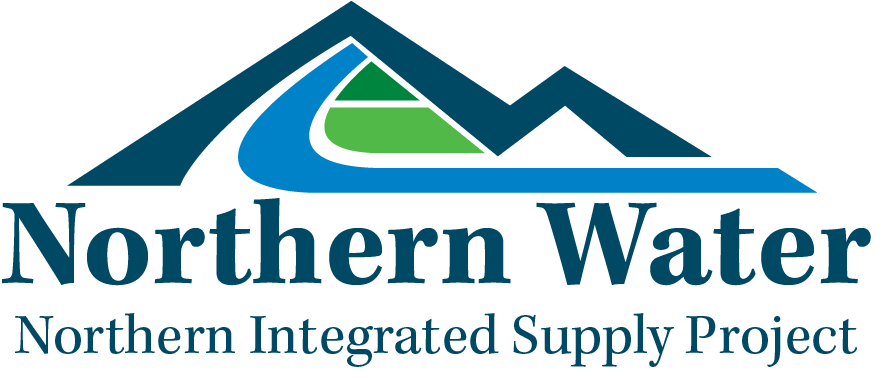Delivery Pipelines
80 Miles of Pipelines Will Deliver Water to Northern Colorado
A key part of the Northern Integrated Supply Project is placing approximately 80 miles of buried, safe, resilient pipelines to enable cooperative water exchanges and deliver water to the communities that need it.
Water pipelines are safe and more common than you might think.
- Water pipelines are out of sight and out of mind for most Northern Coloradans, yet miles and miles of buried pipes and conduits crisscross underneath public and private property.
- Whether they carry electricity, water, or oil and gas, pipelines are a common, safe and efficient method of transport.
- Northern Water currently manages 175 miles of pipelines that safely deliver water from the West Slope to reservoirs and later to farmer’s fields and communities in need of the precious resource.
- The 80 miles of up to 84-inch diameter NISP pipelines will be engineered to modern standards and buried safely so that approximately five feet of earth will cover the top of the pipe.

FAQs
How big is the pipeline, and how deep will it be buried?
The pipelines will be between 32 to 84 inches in diameter, but exact sizing and will depend on location, hydraulic conditions, and requirements of the NISP participants receiving the water. Typically, the pipeline will be buried 5 feet deep.
How safe will the pipeline be?
The pipeline will be very safe and built to industry standards. The pipeline will be made of engineered steel and will operate at various pressures typically between 100 to 275 pounds per square inch. The pipeline is designed to withstand any temporary pressures and surges that could occur within the pipeline. Northern Water will conduct quality control checks, test the pipeline at a pressure above the operating pressure, and will install the pipeline in a way that protects other utilities, avoid hazards, and safeguards private and public property. In addition to being made from high-strength steel, the pipeline will be protected from corrosion. Once water is flowing through the pipeline it will be continuously monitored. In the unlikely event that the pipeline develops a leak, the pipeline would shut down automatically.
How will roads be impacted by construction?
In some locations, the pipeline may be placed in or near the roadway or cross underneath a roadway. Roadways may also be used for construction access. A detailed construction plan will be developed for all work within and near roadways, which will be submitted to local permitting authorities. Access for property owners, emergency personnel and others will be maintained throughout construction.
How can I tell when and where the pipeline is installed?
After installation of the pipeline, the ground is fully restored to its original condition. Pipeline markers will designate the underground location of the buried pipe. The markers will typically be blue and include the phone number of who to call for information, or to report any emergency. Markers are placed at bends in the pipeline, roadway and utility crossings, and at property lines.
